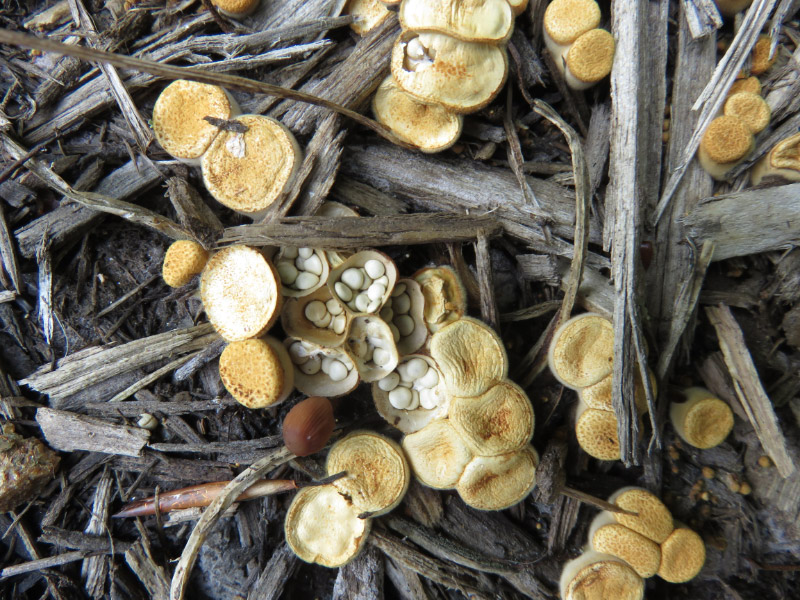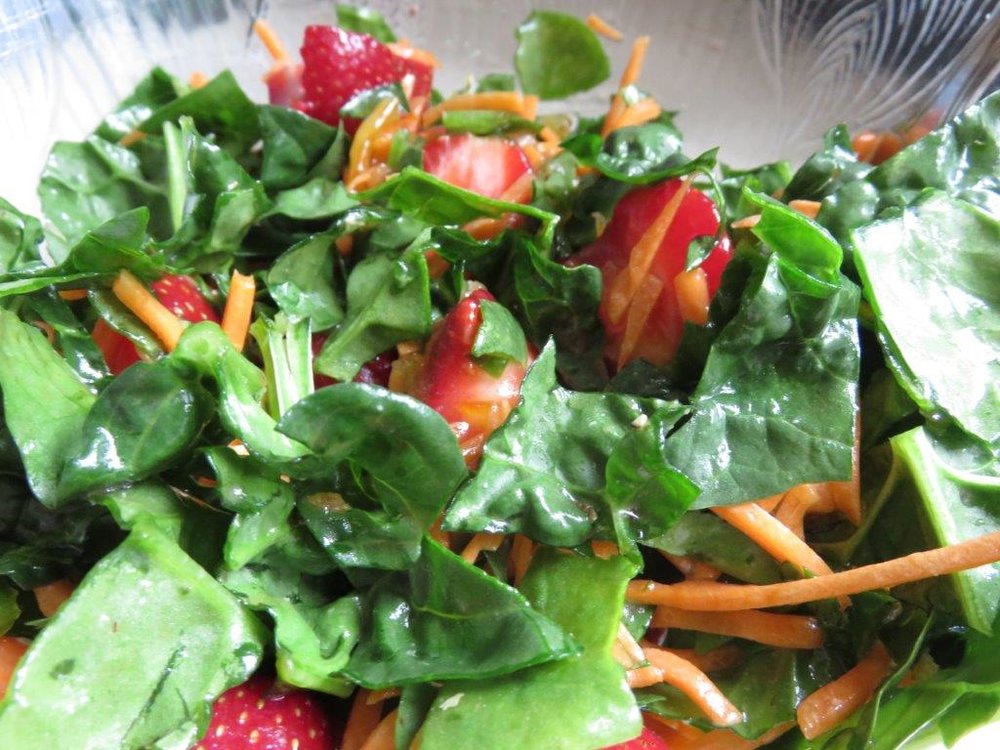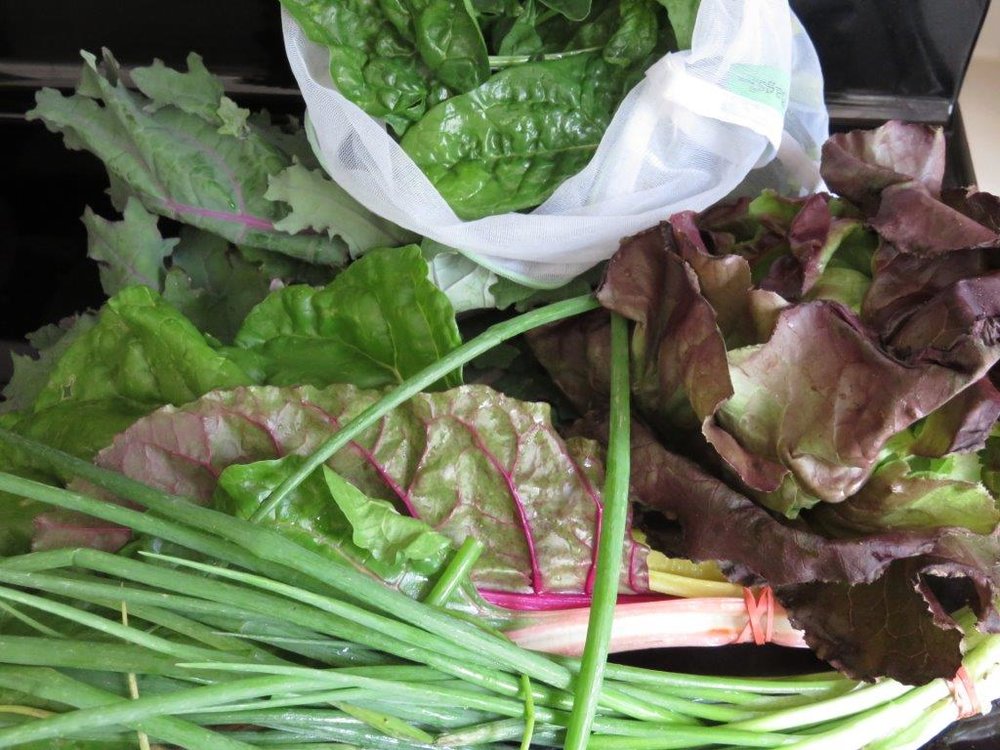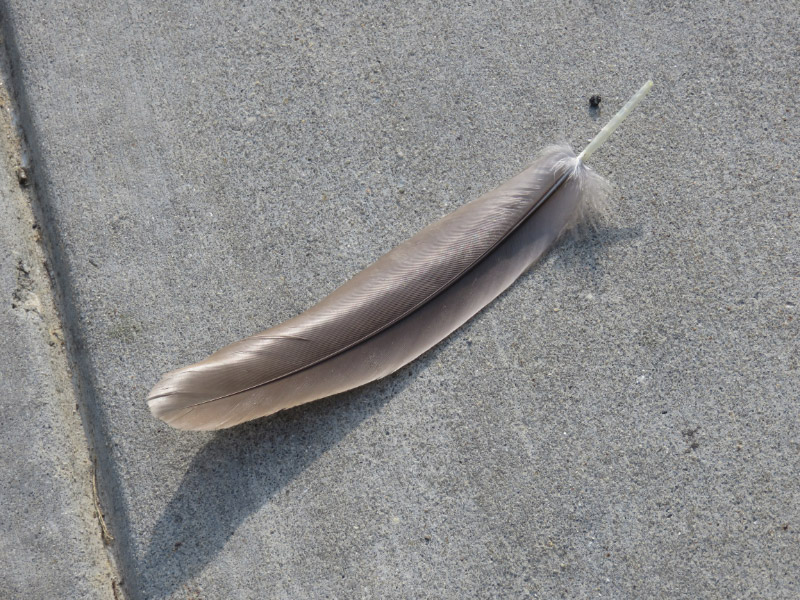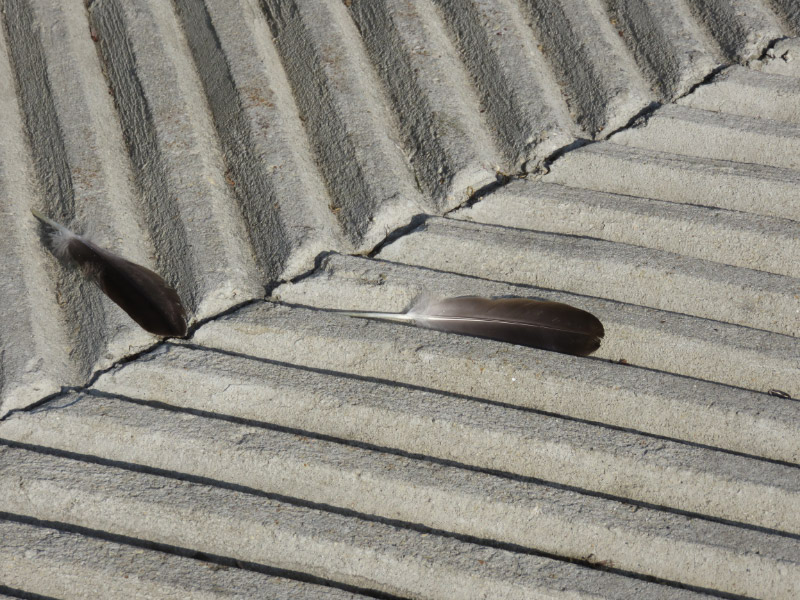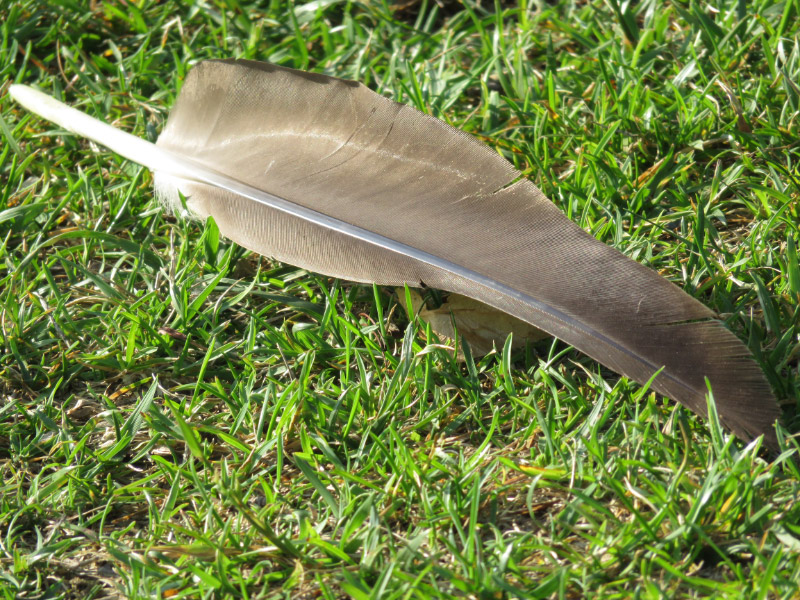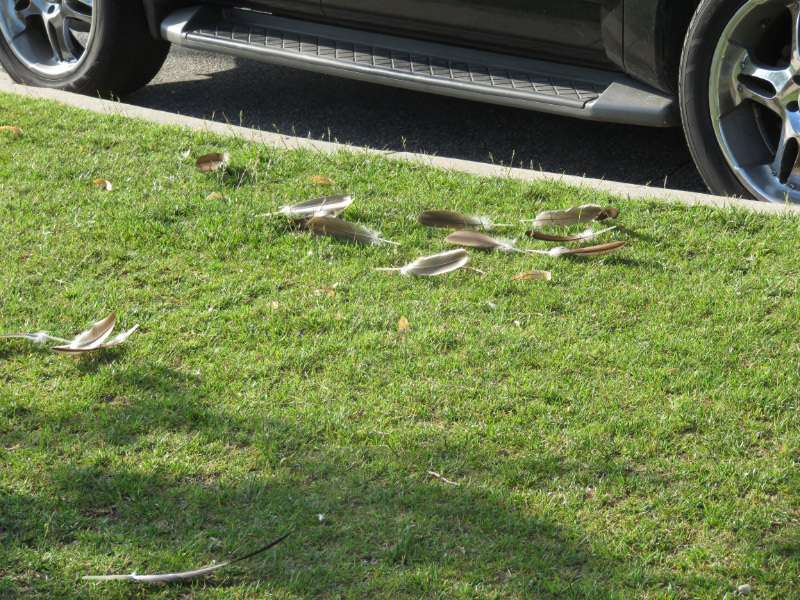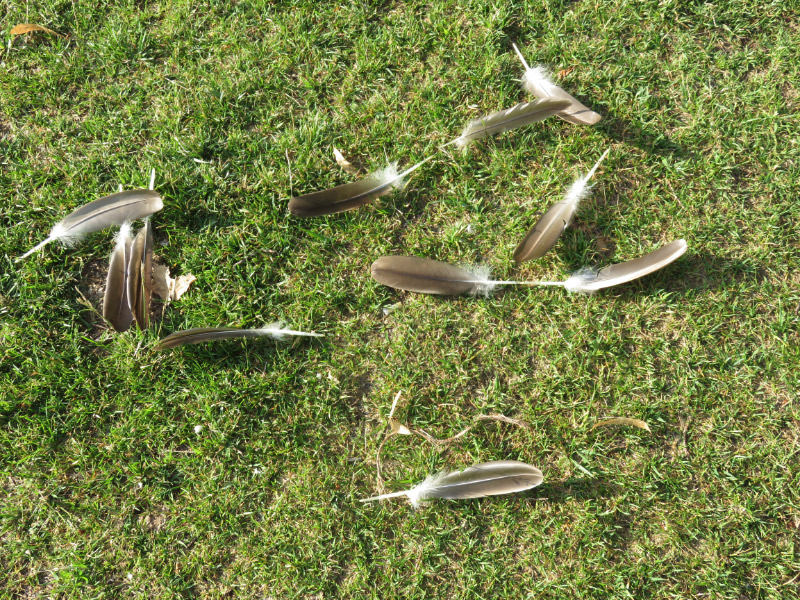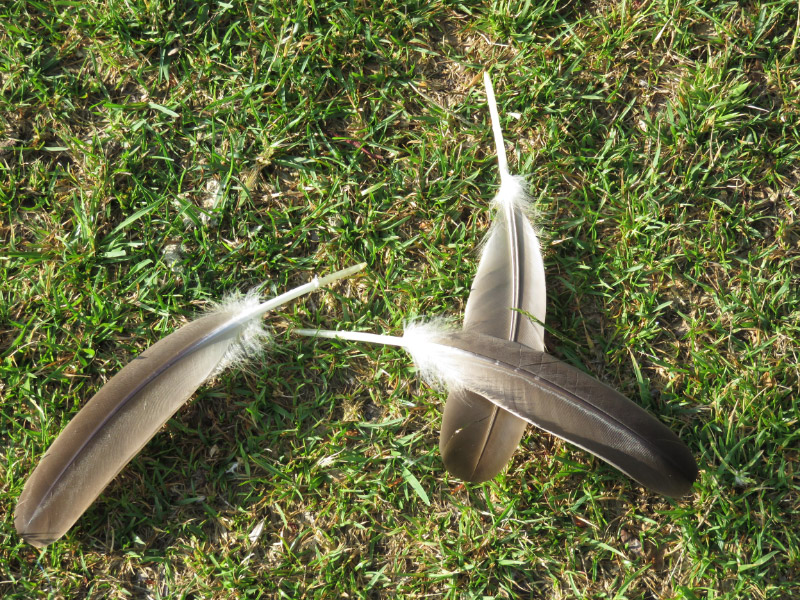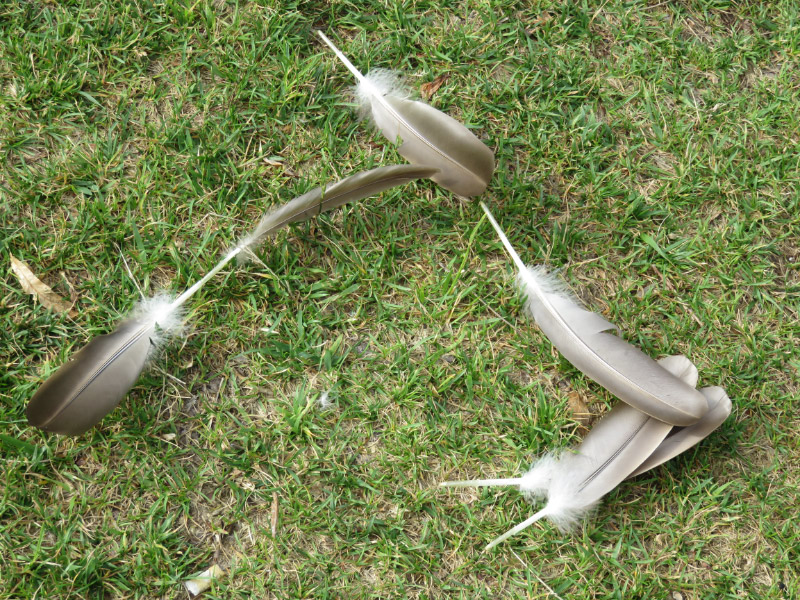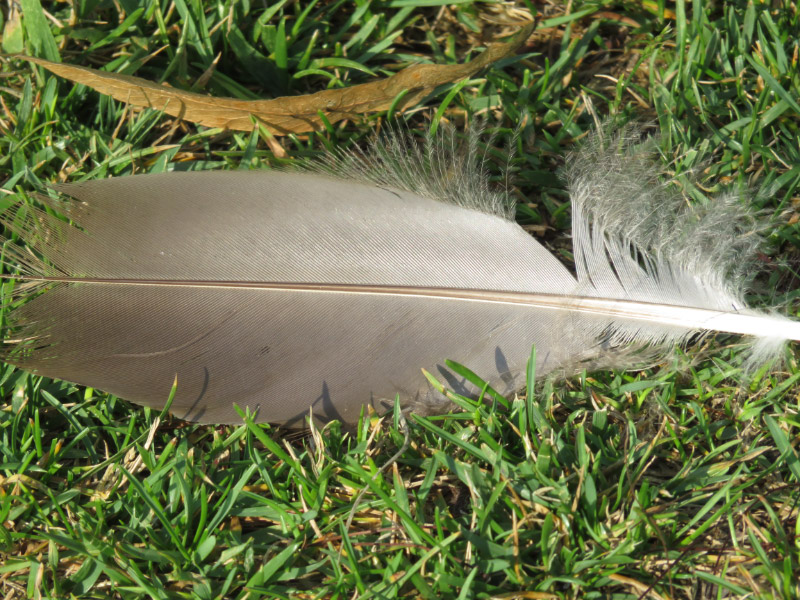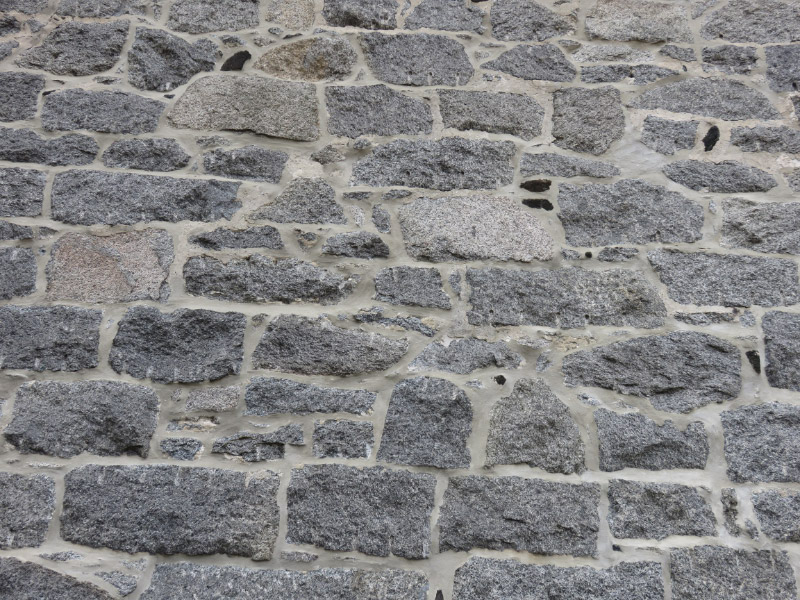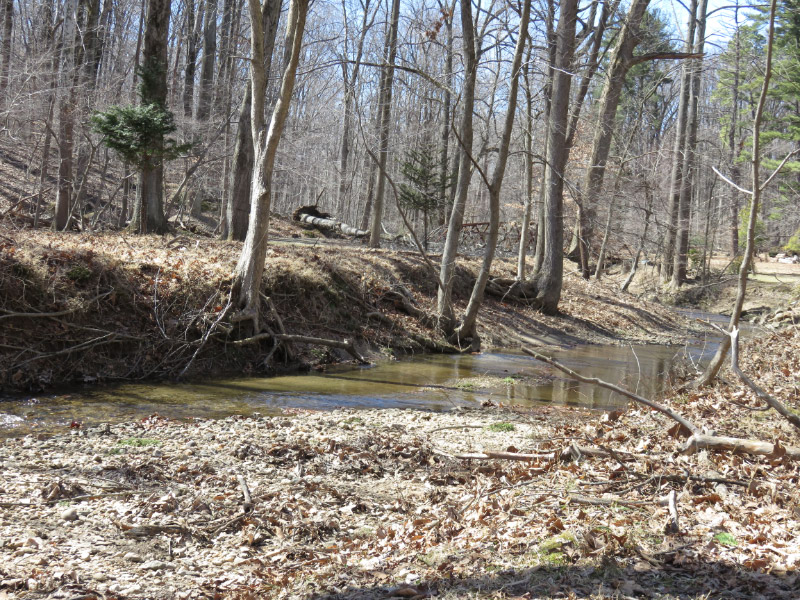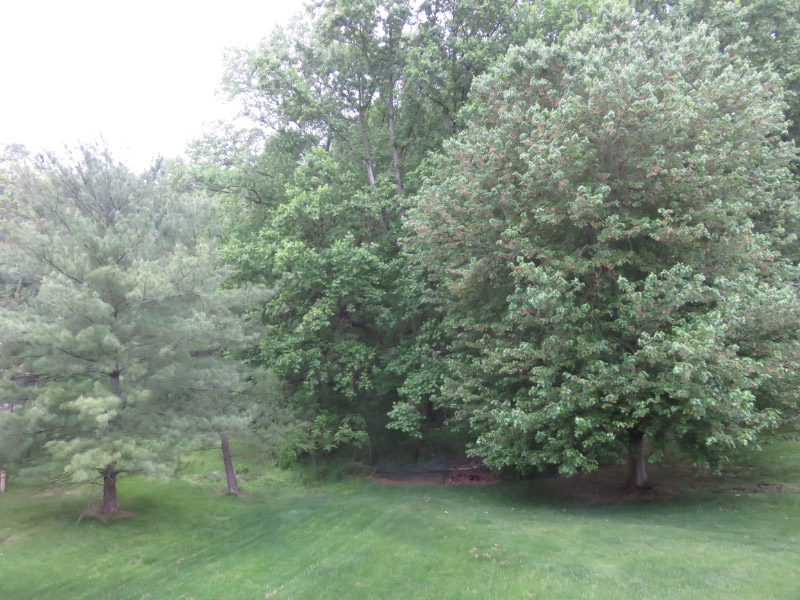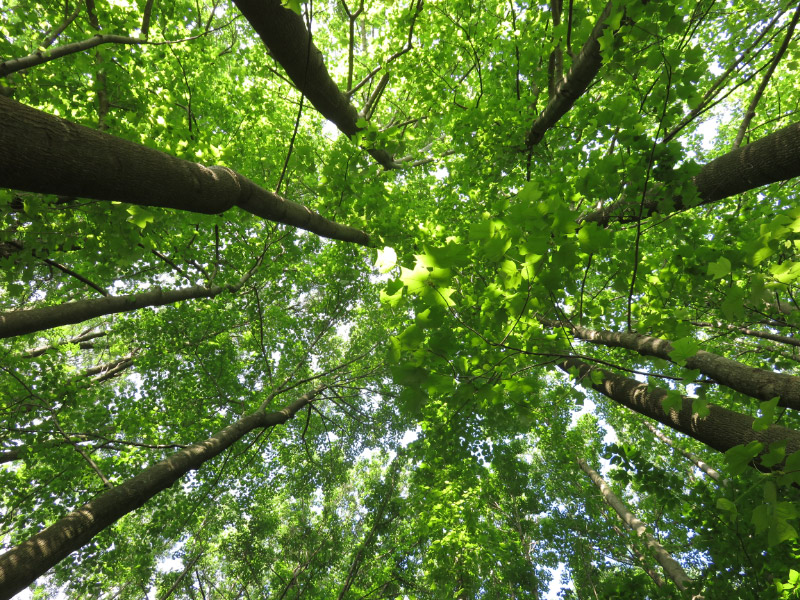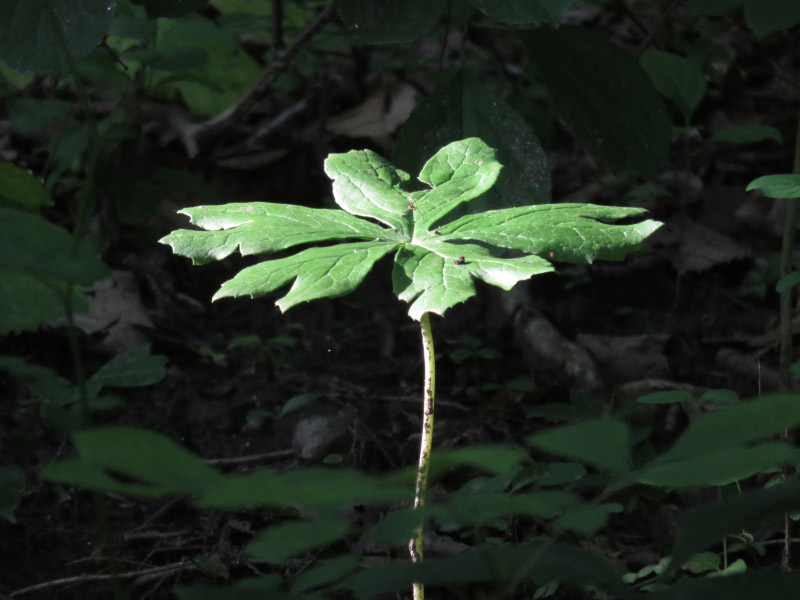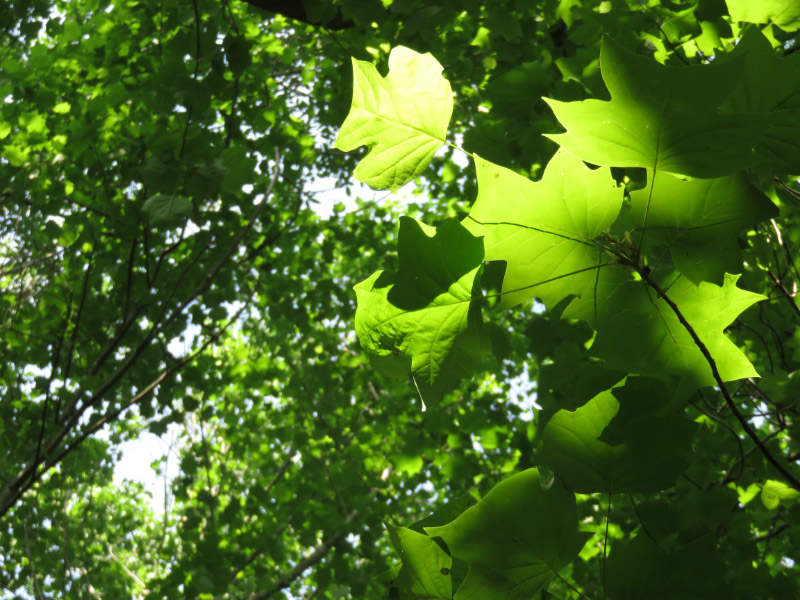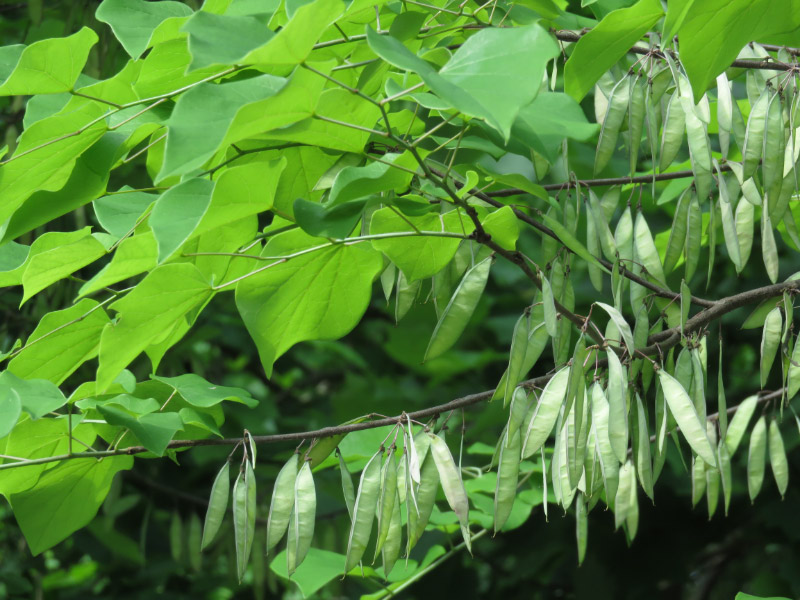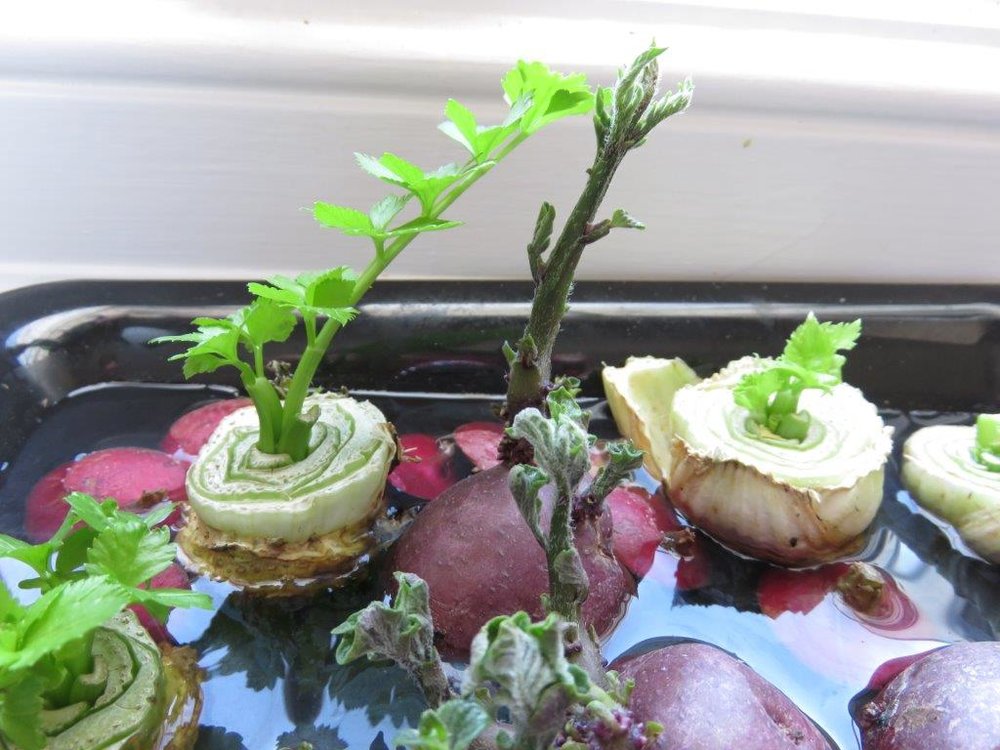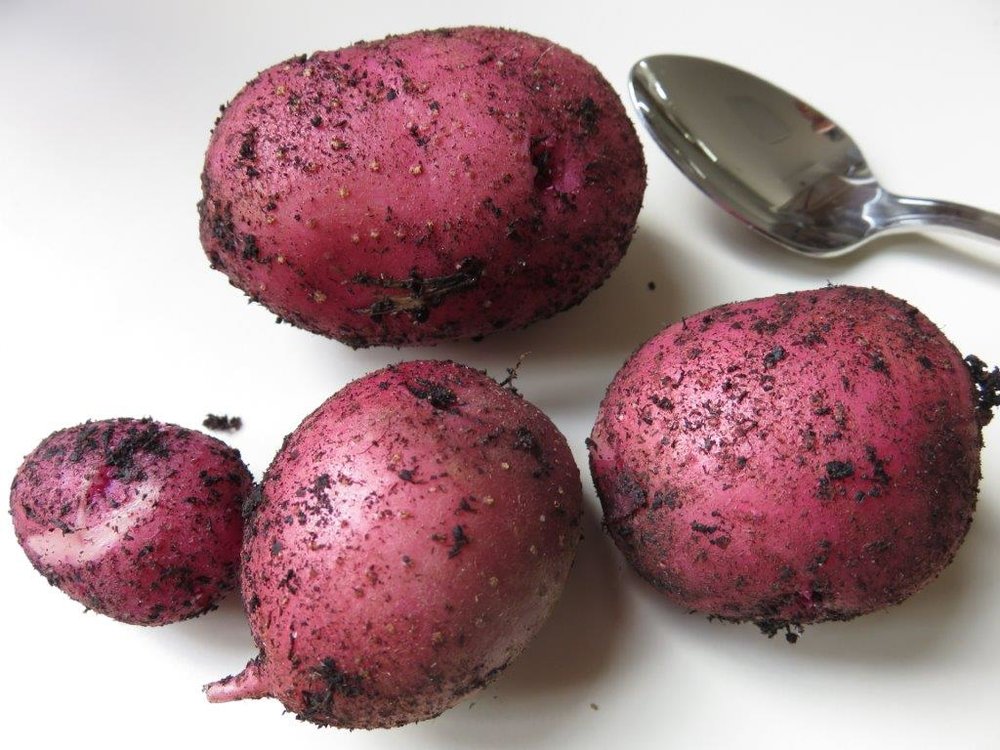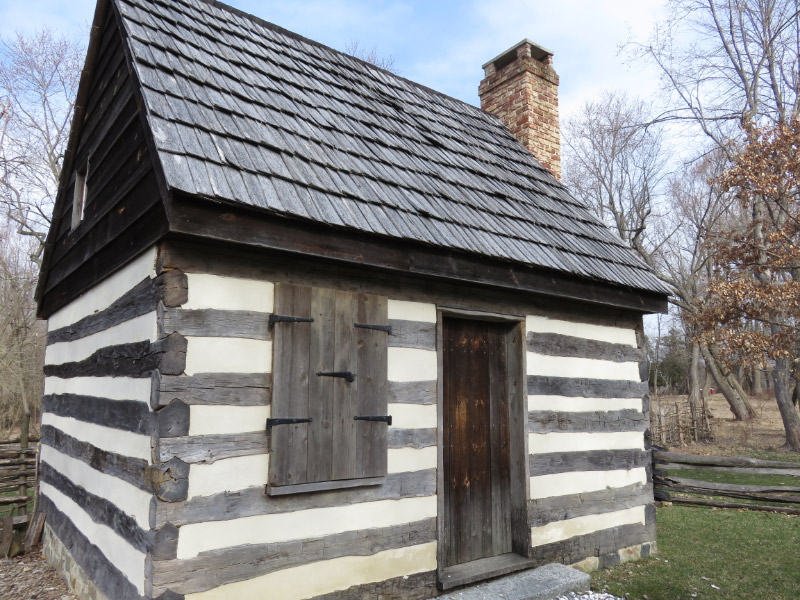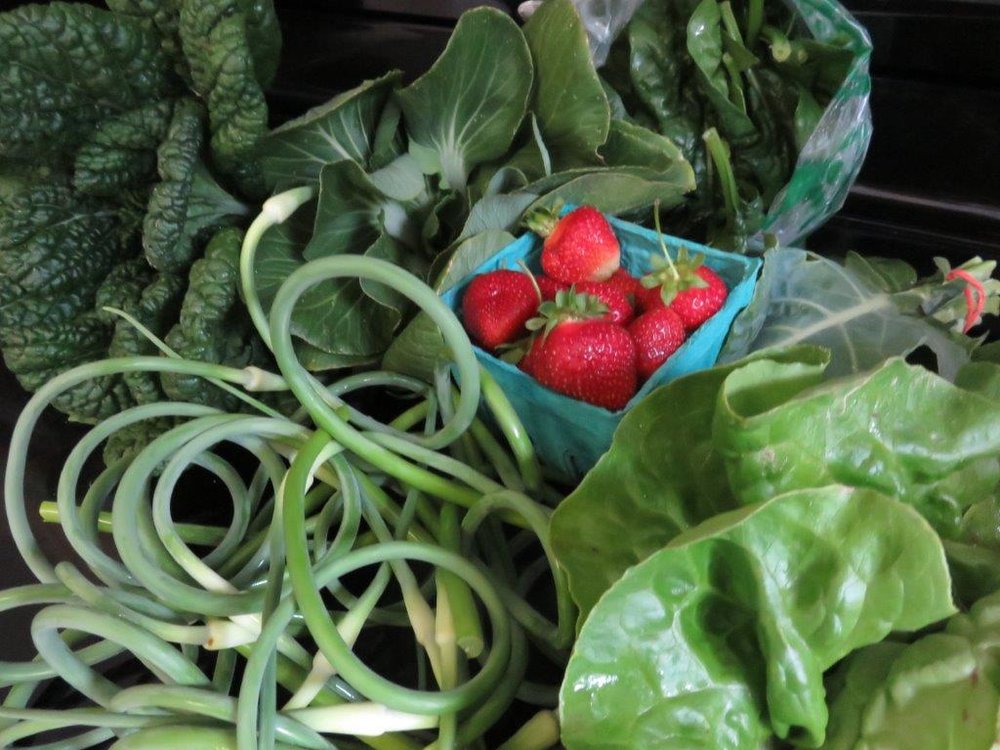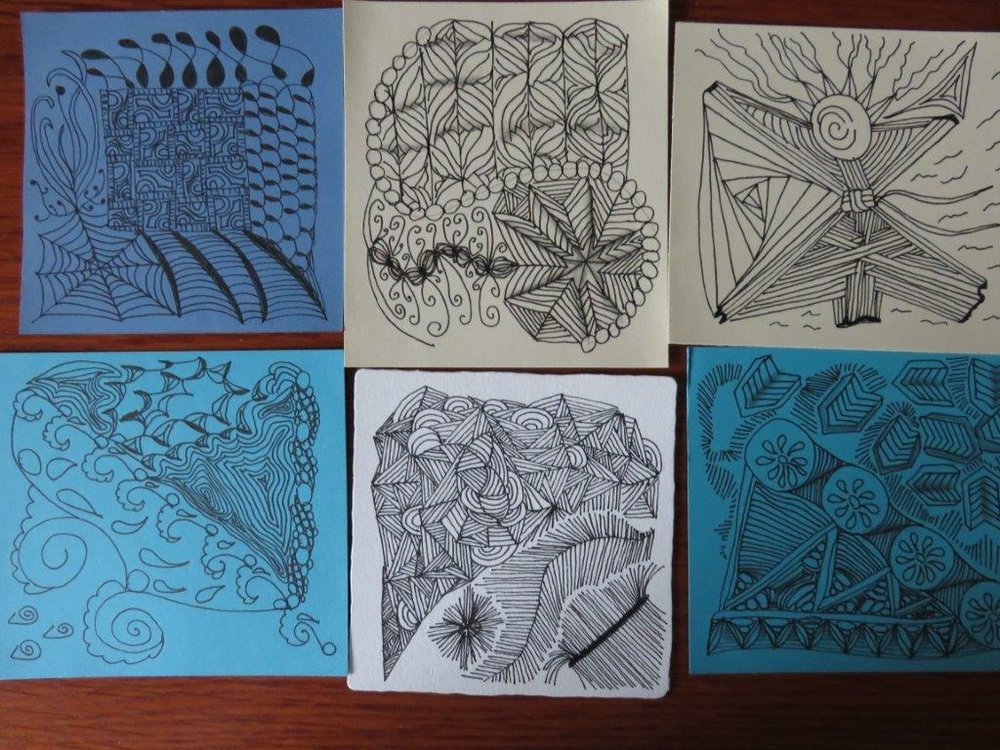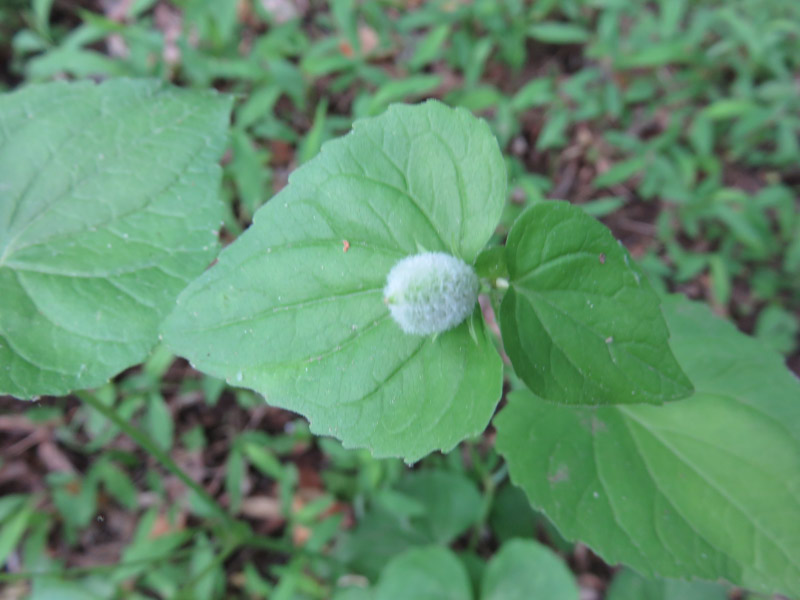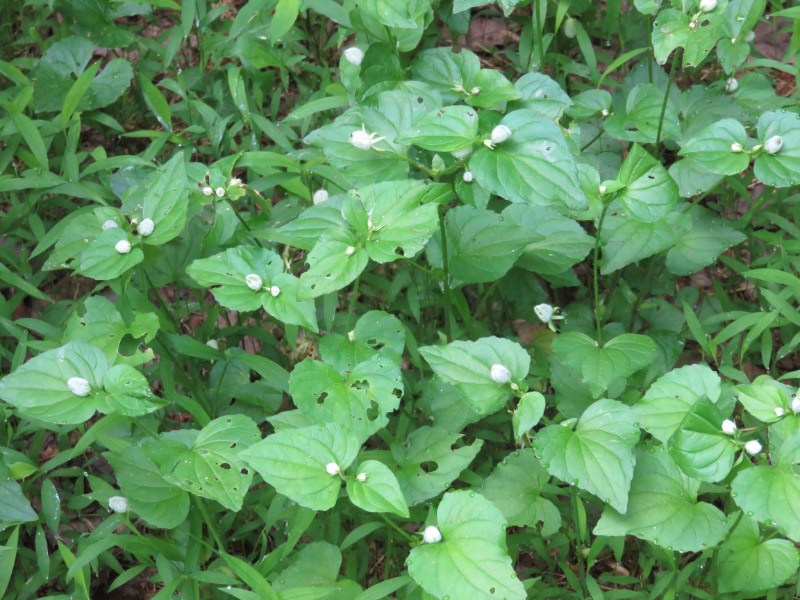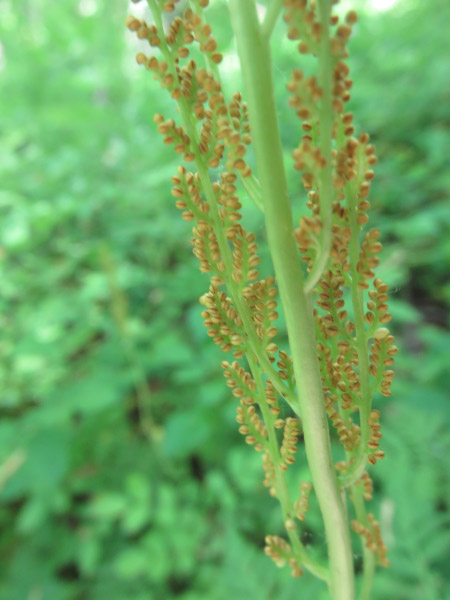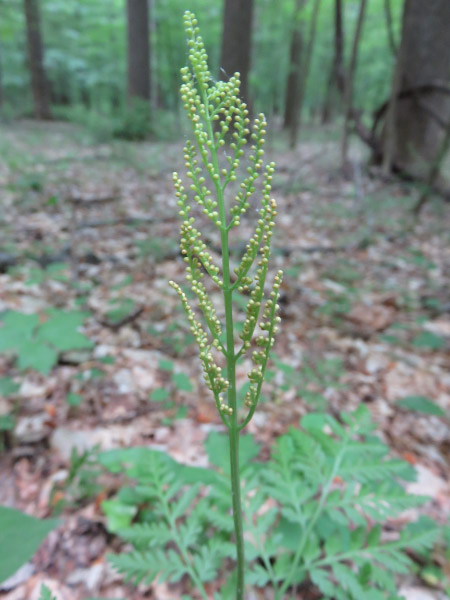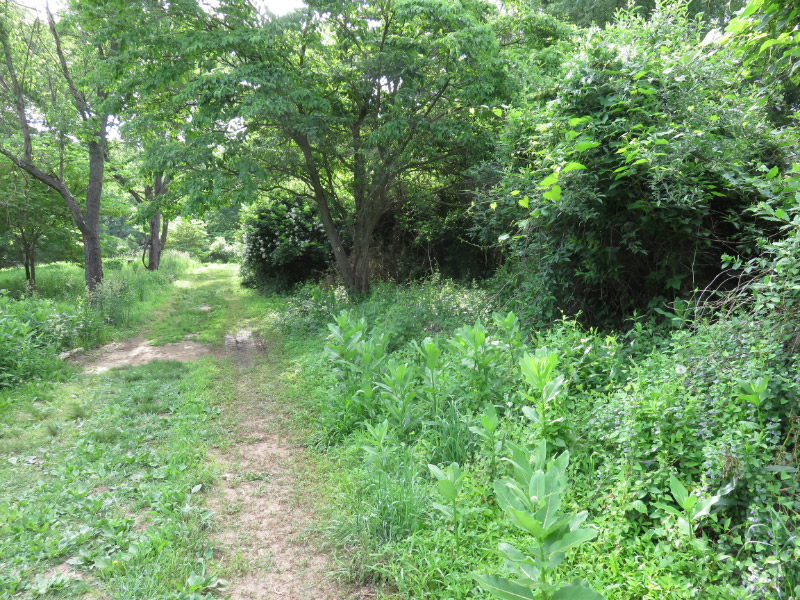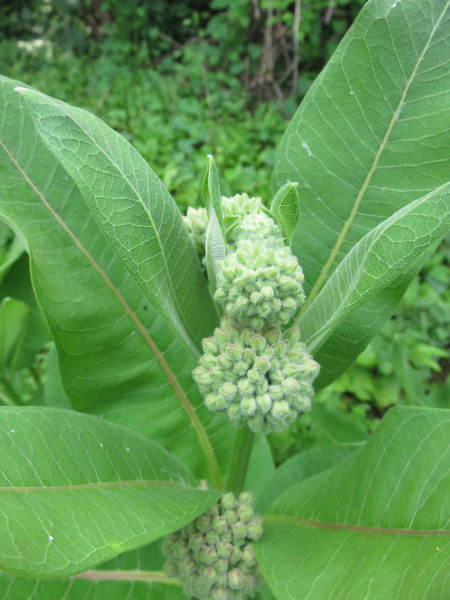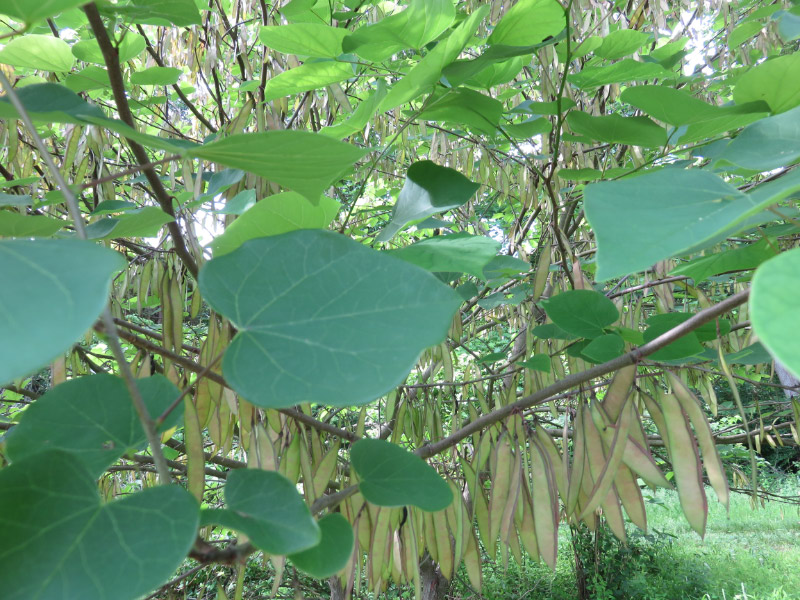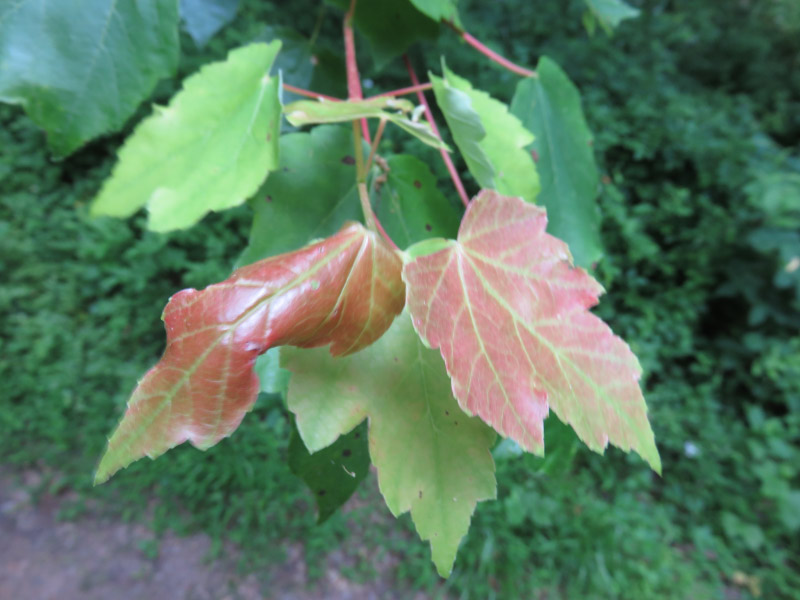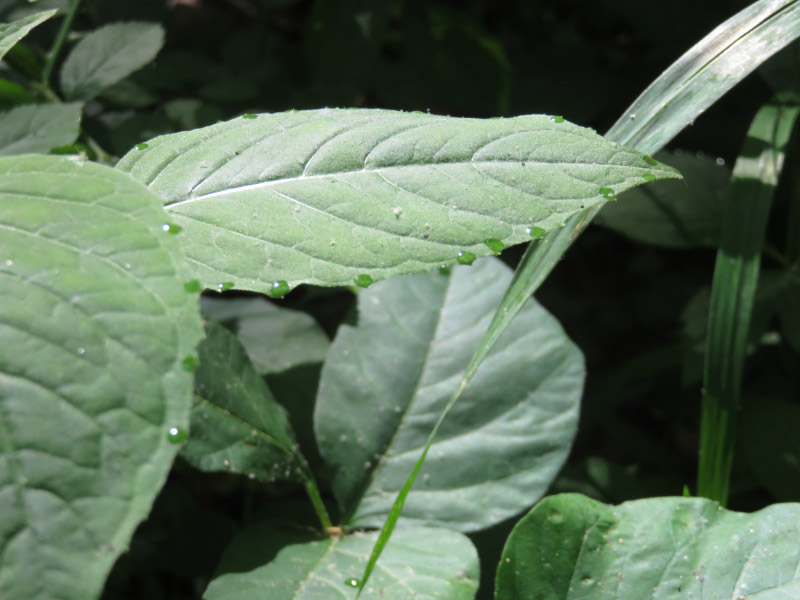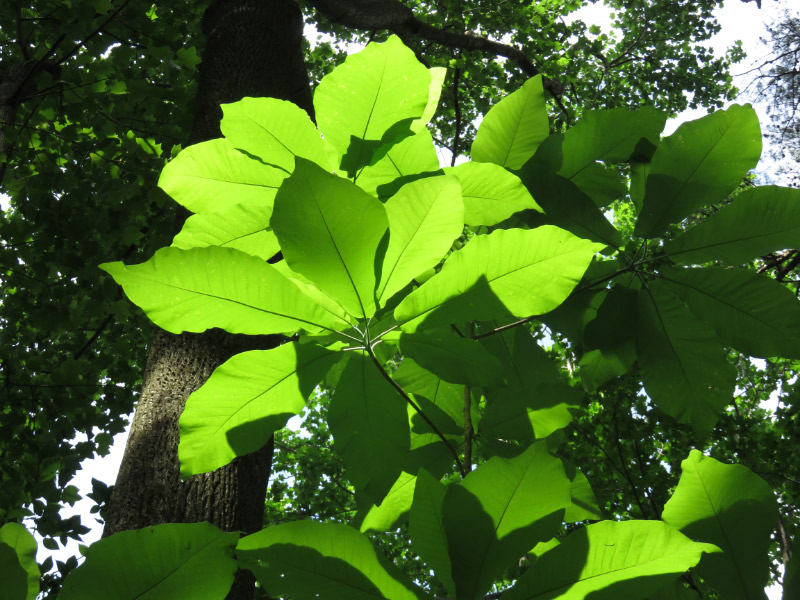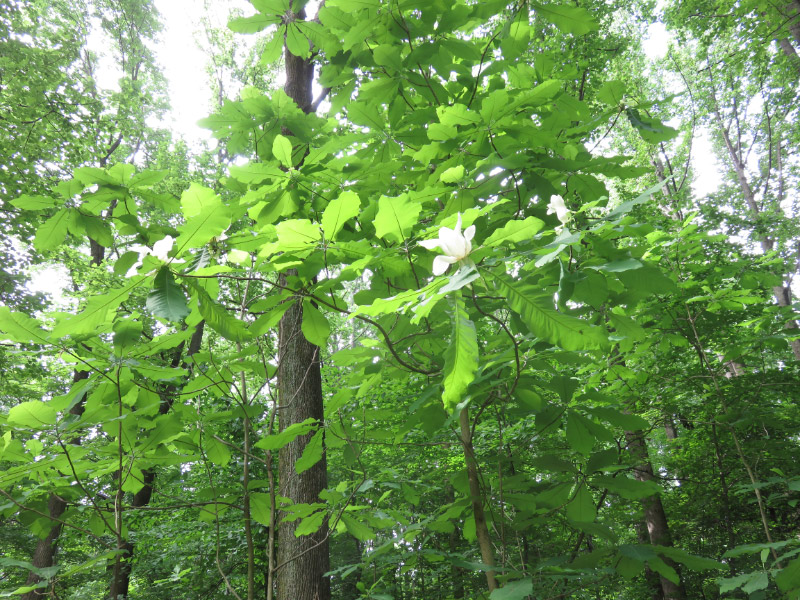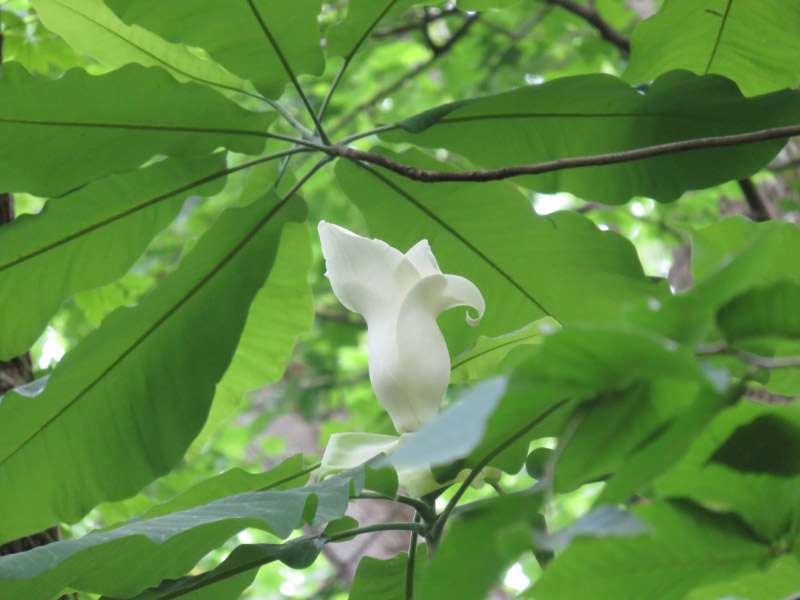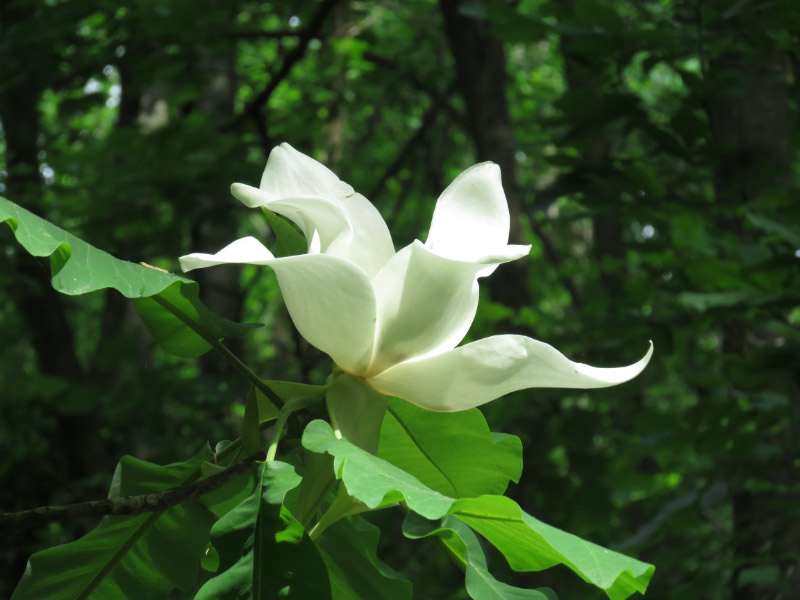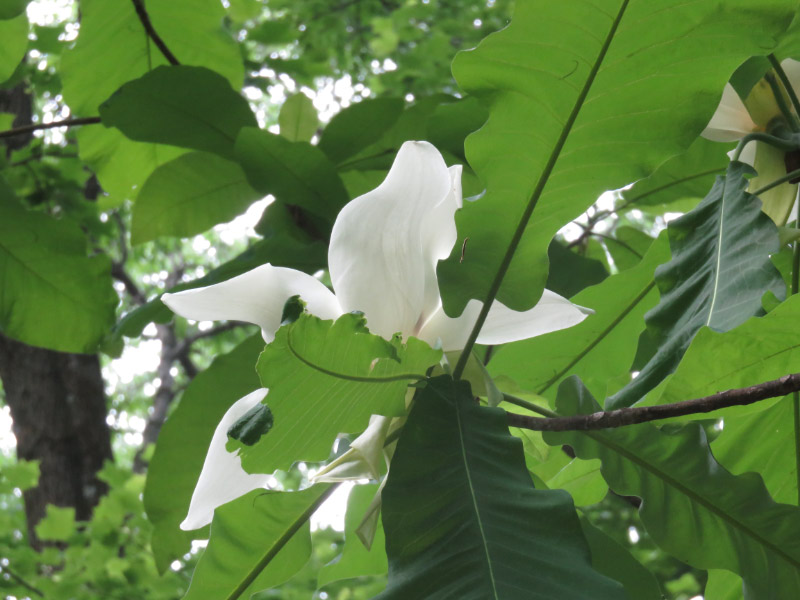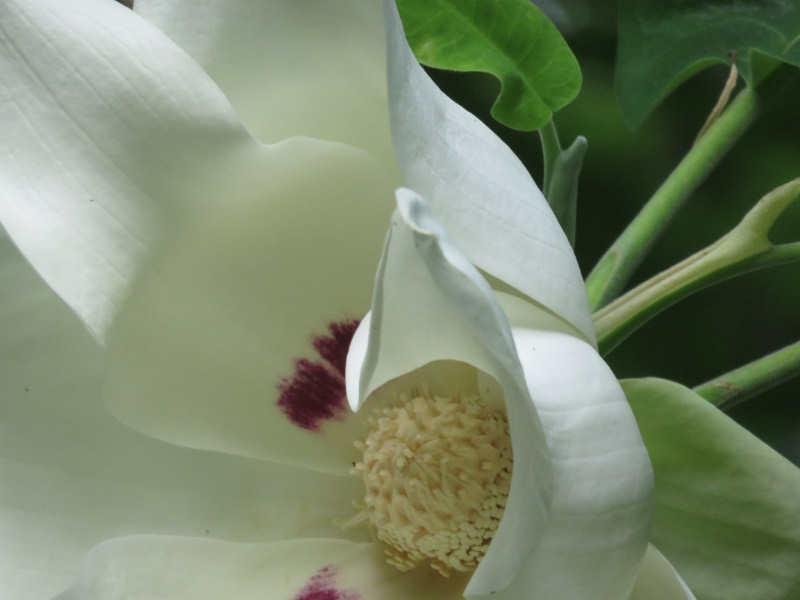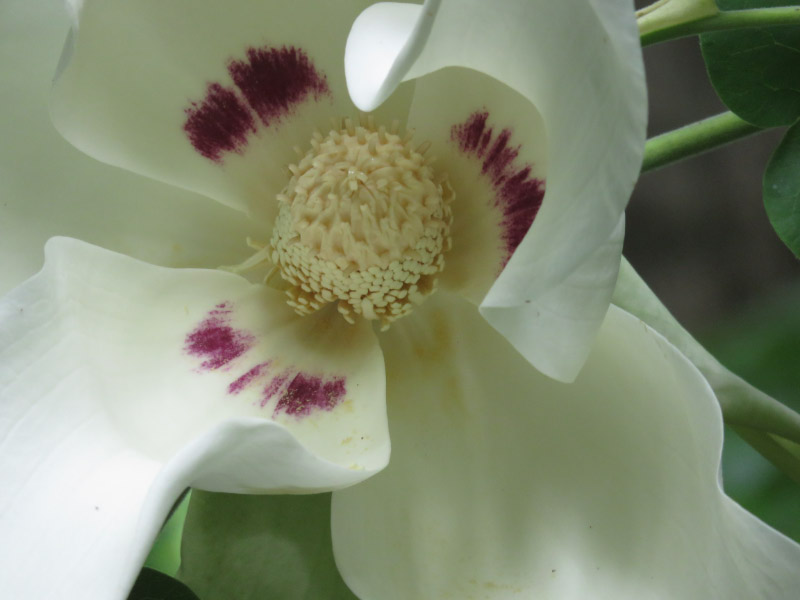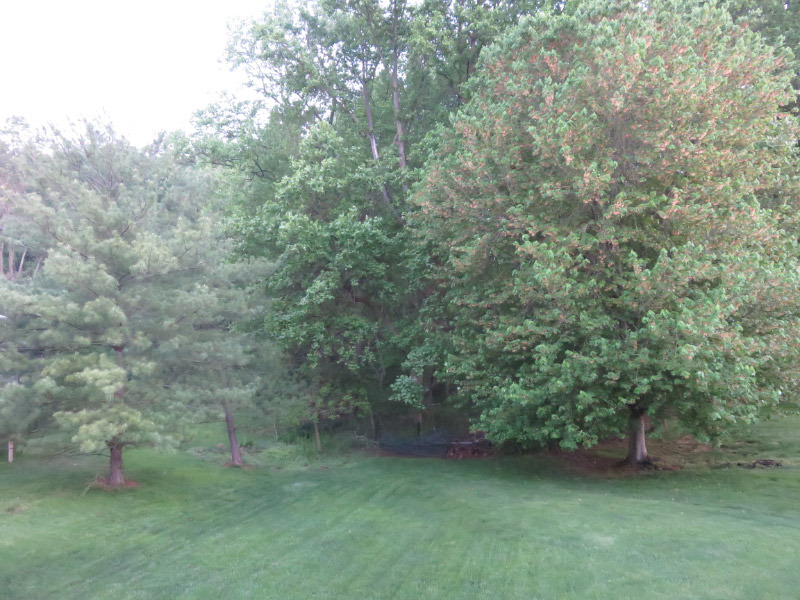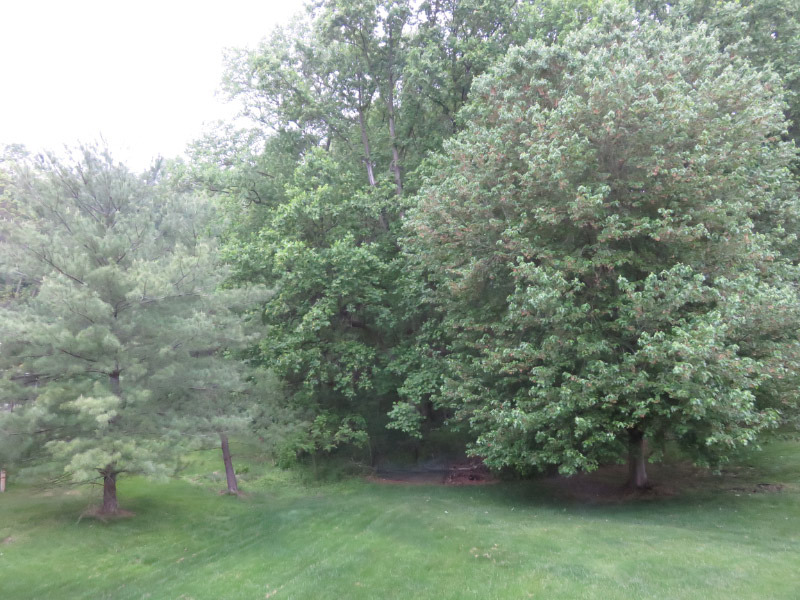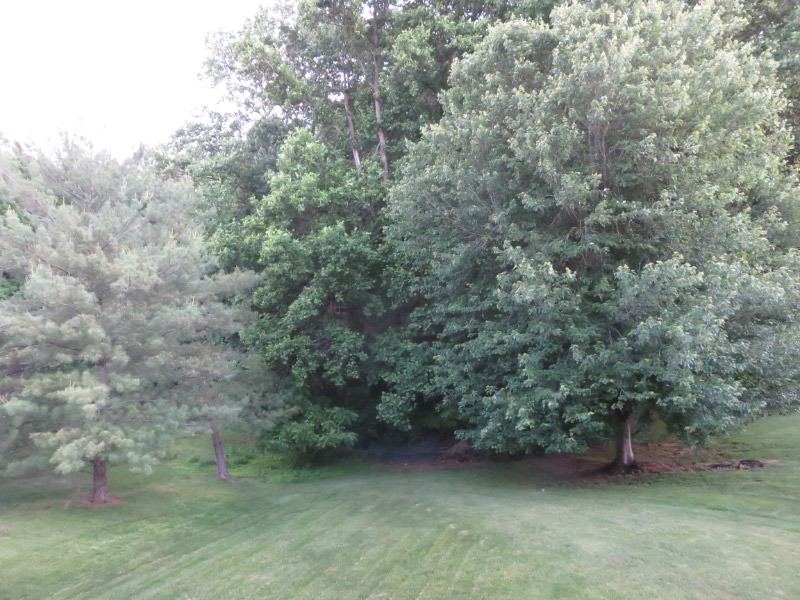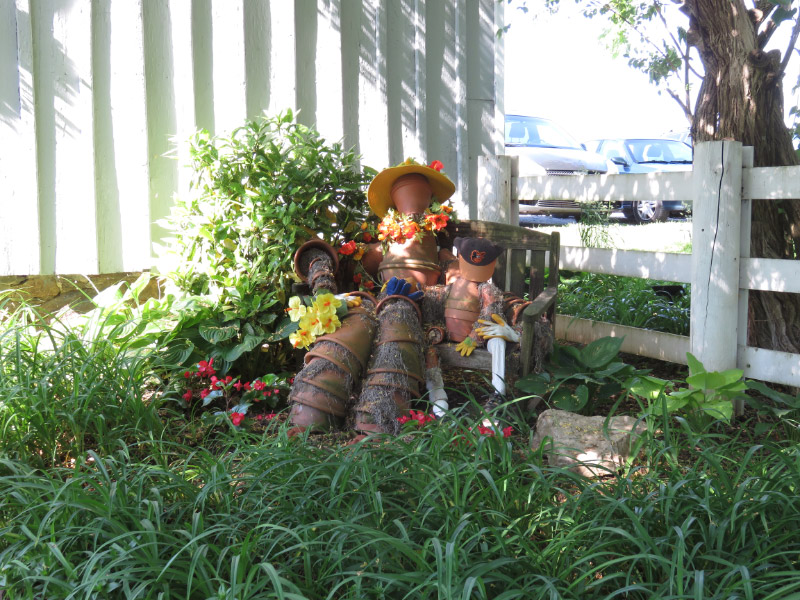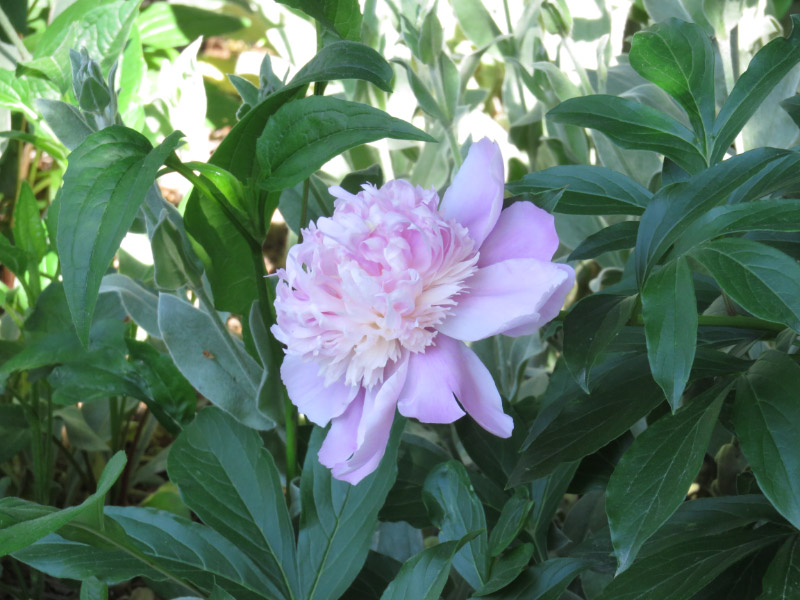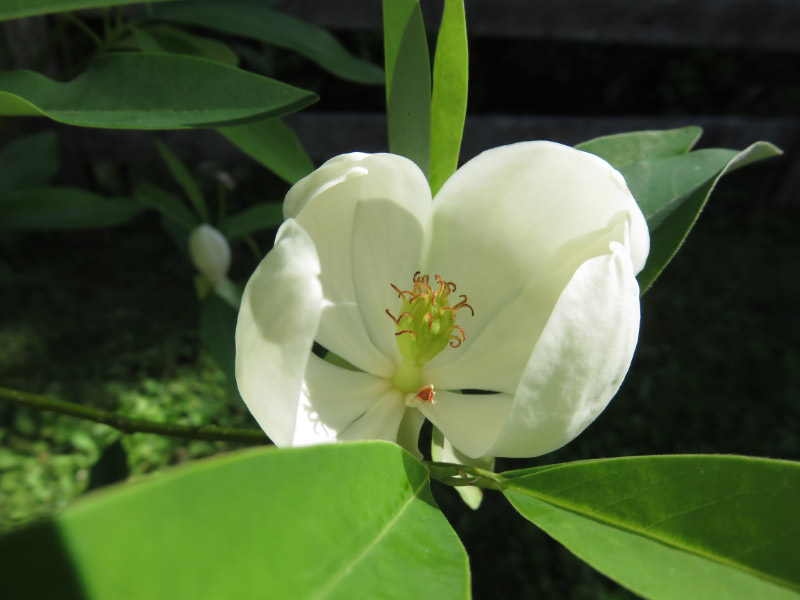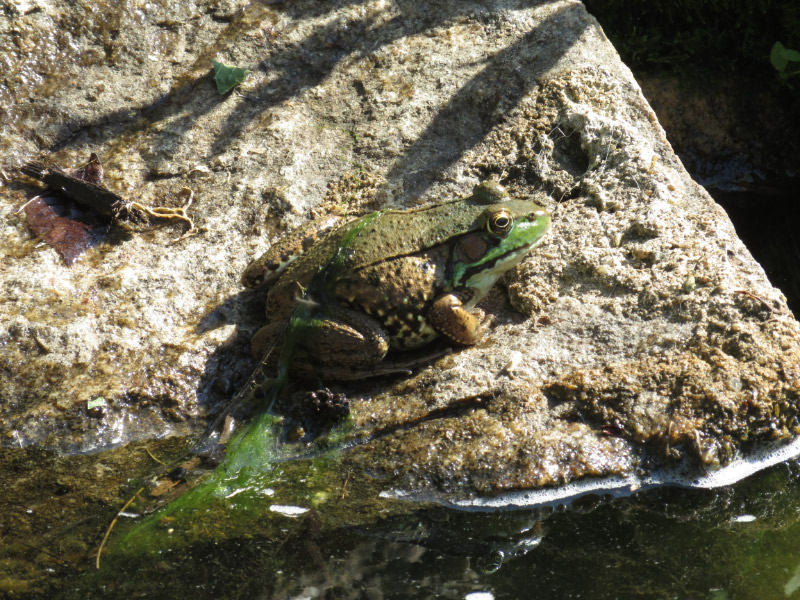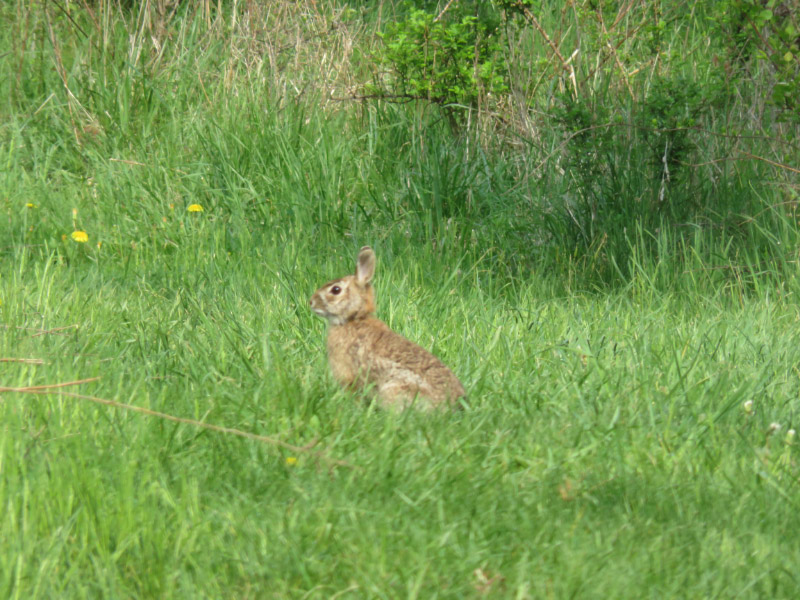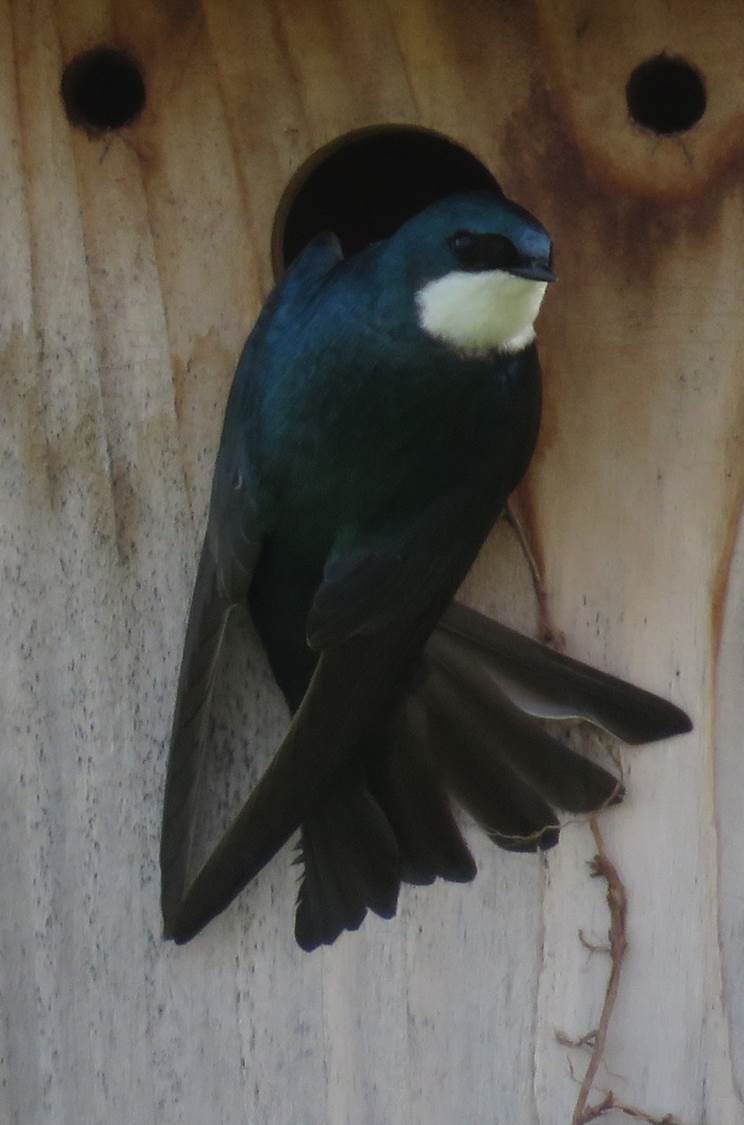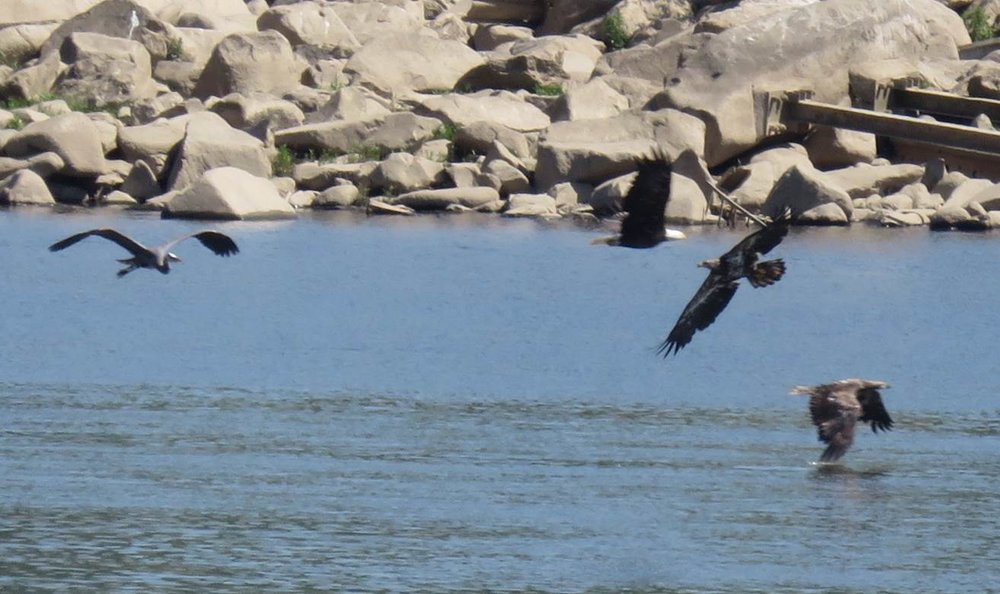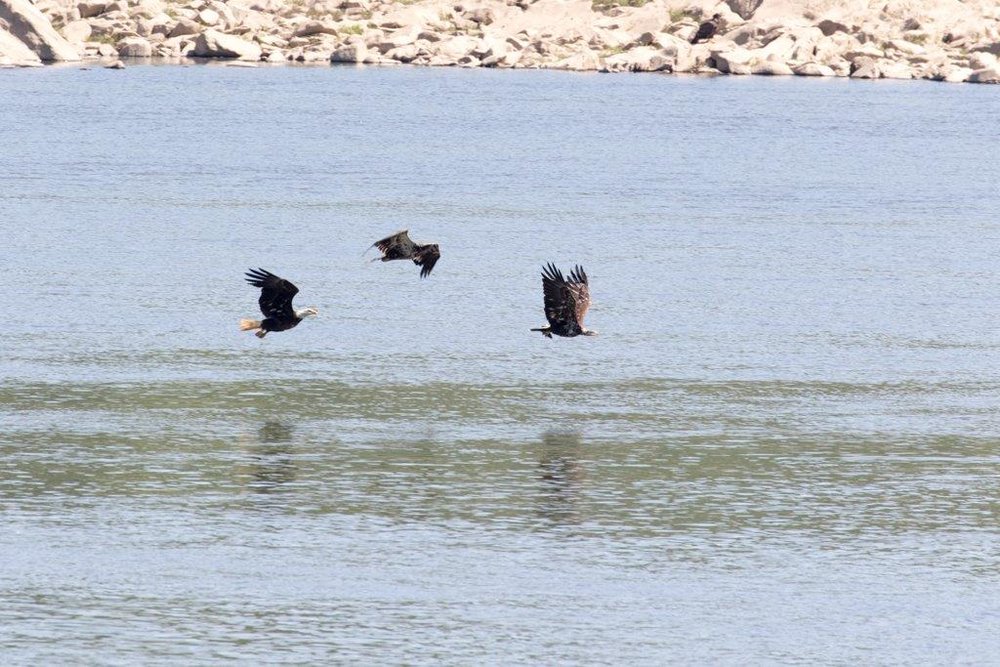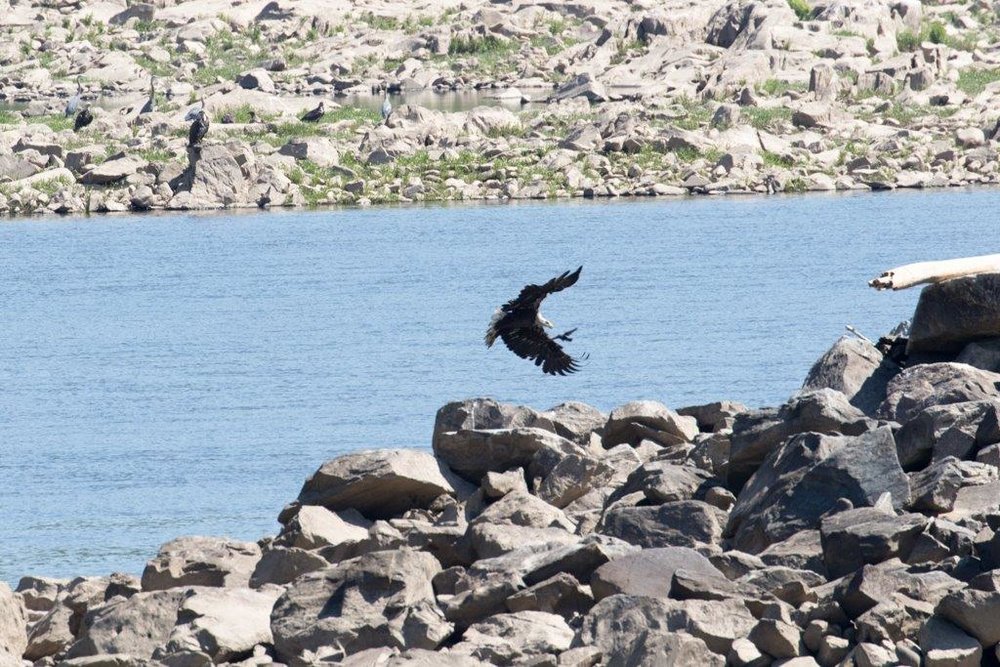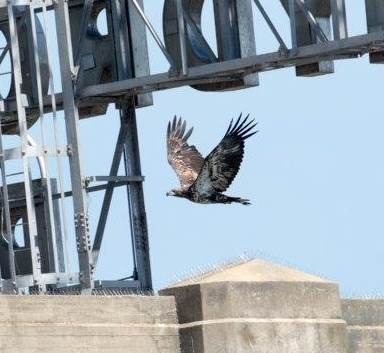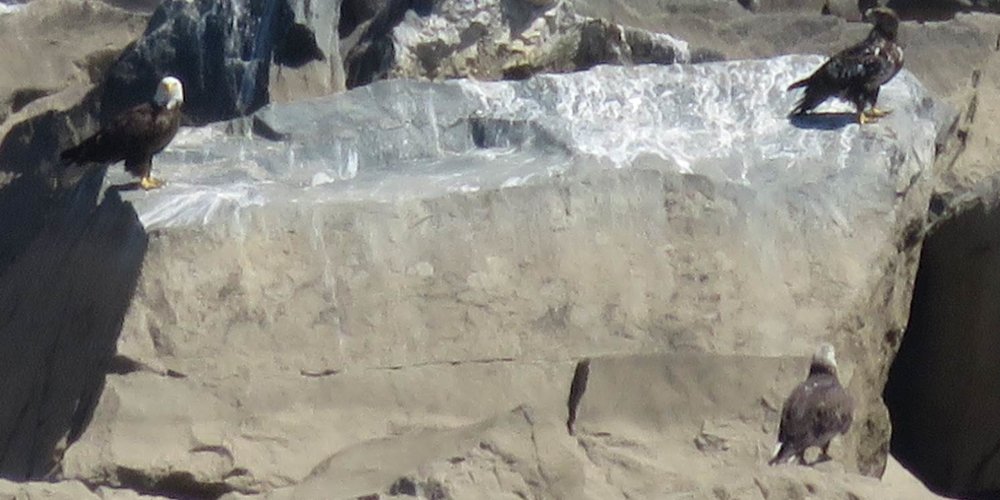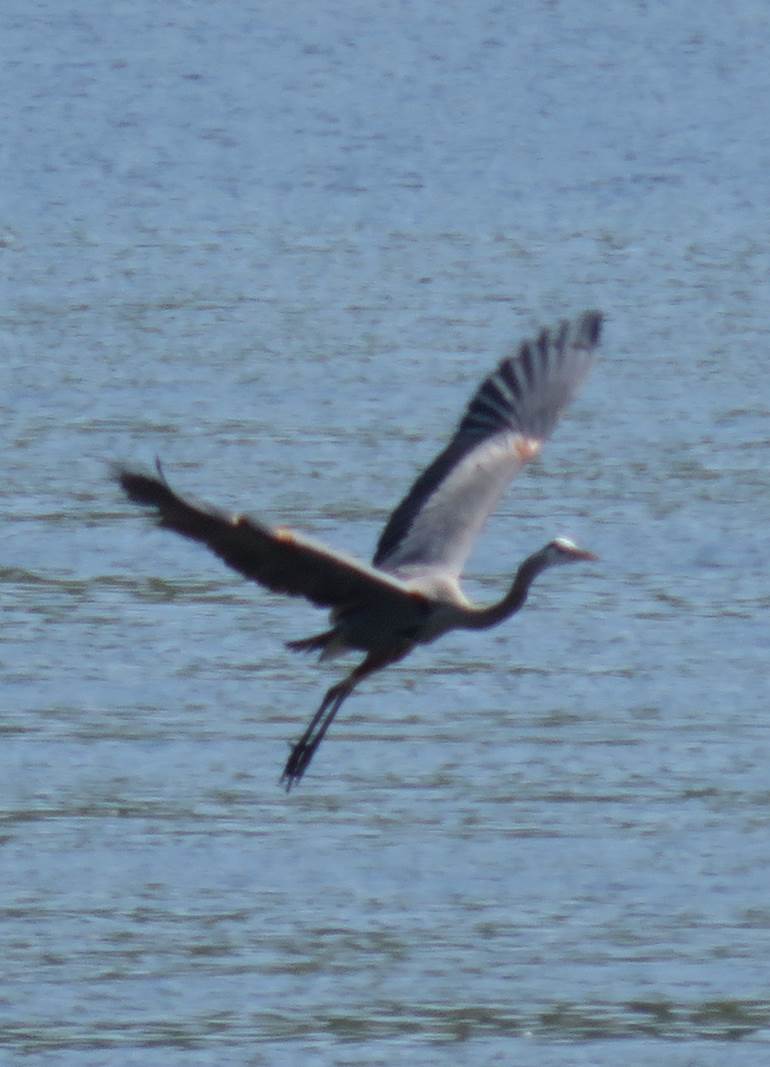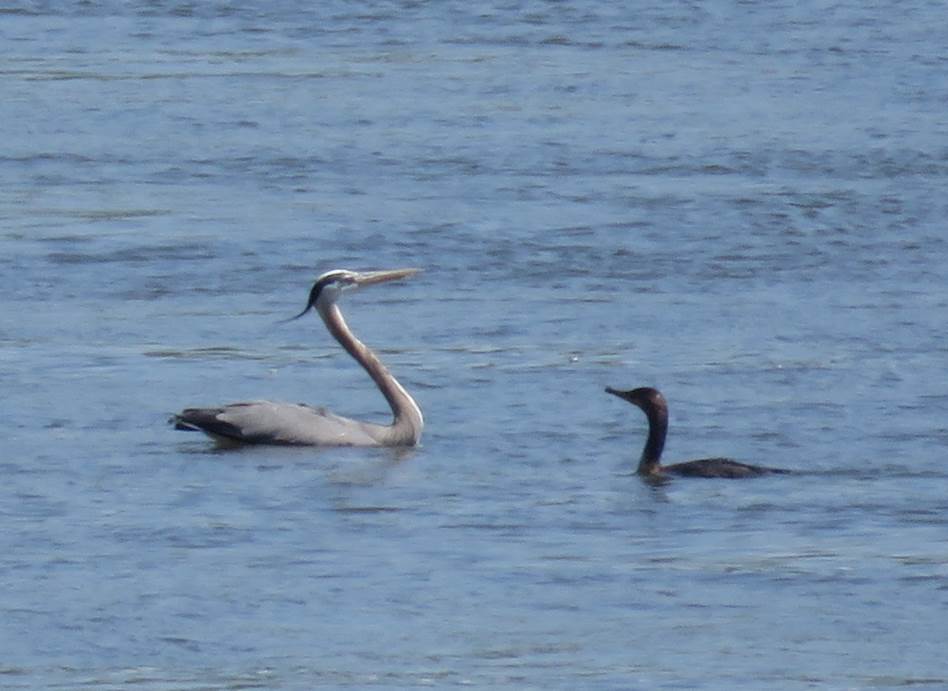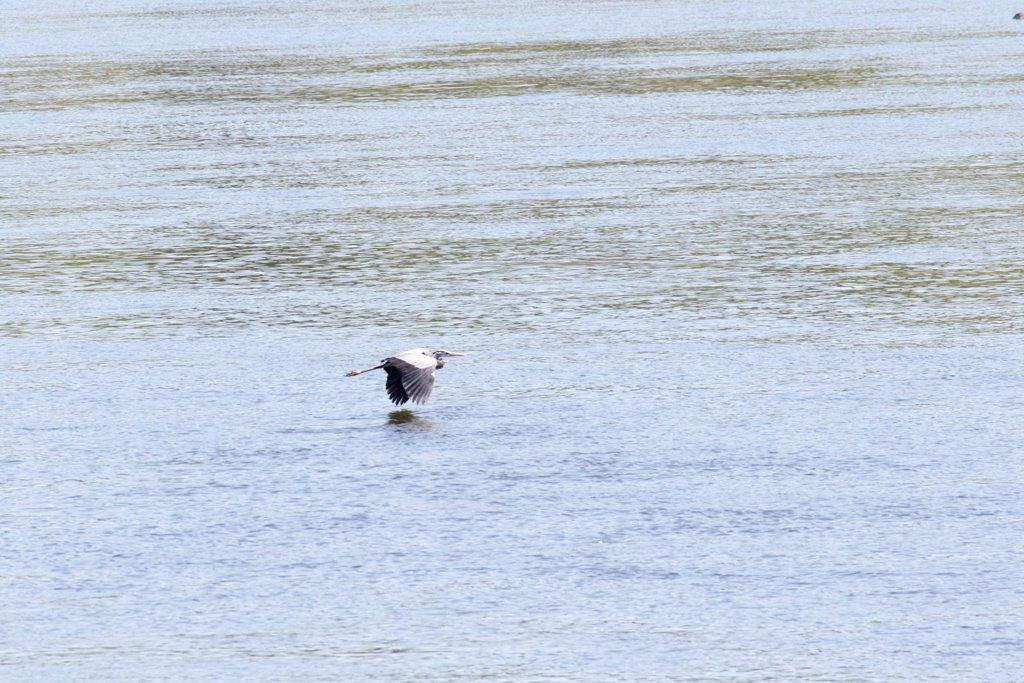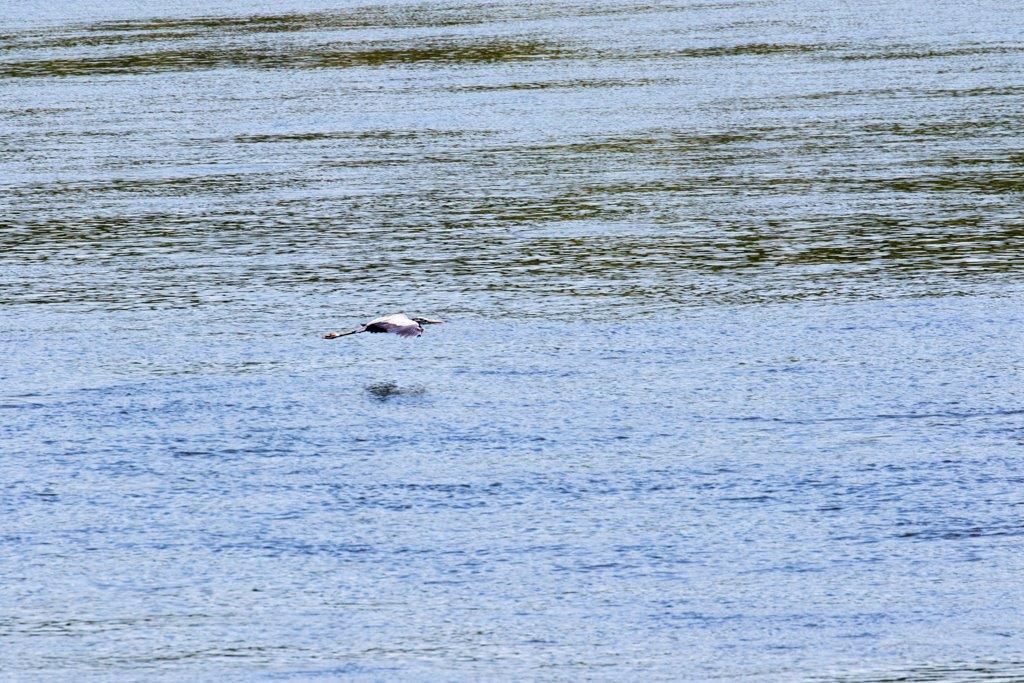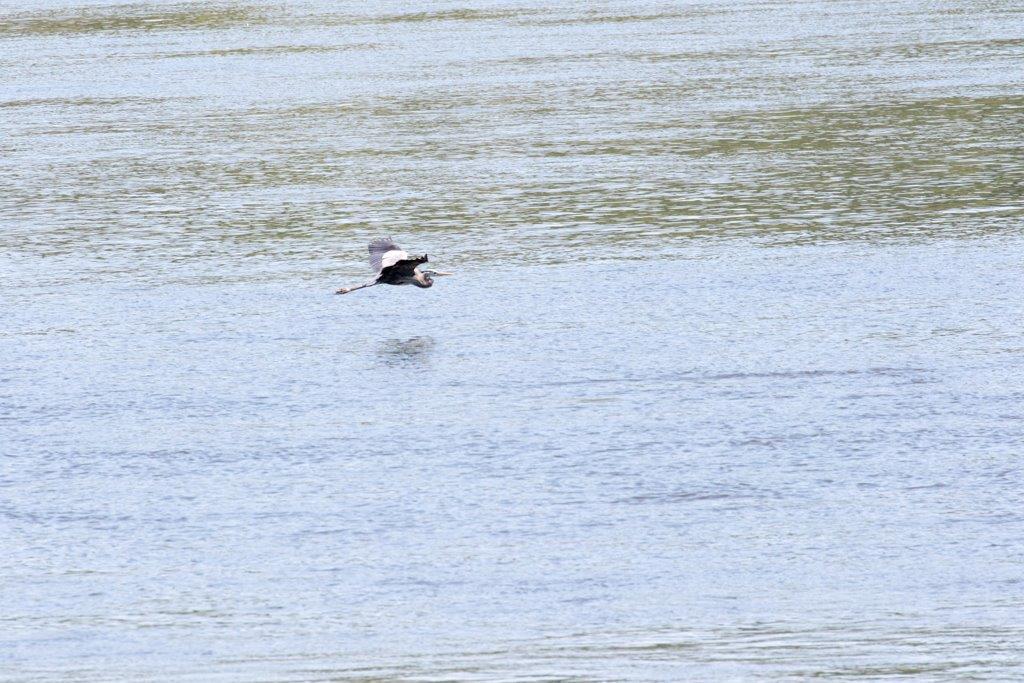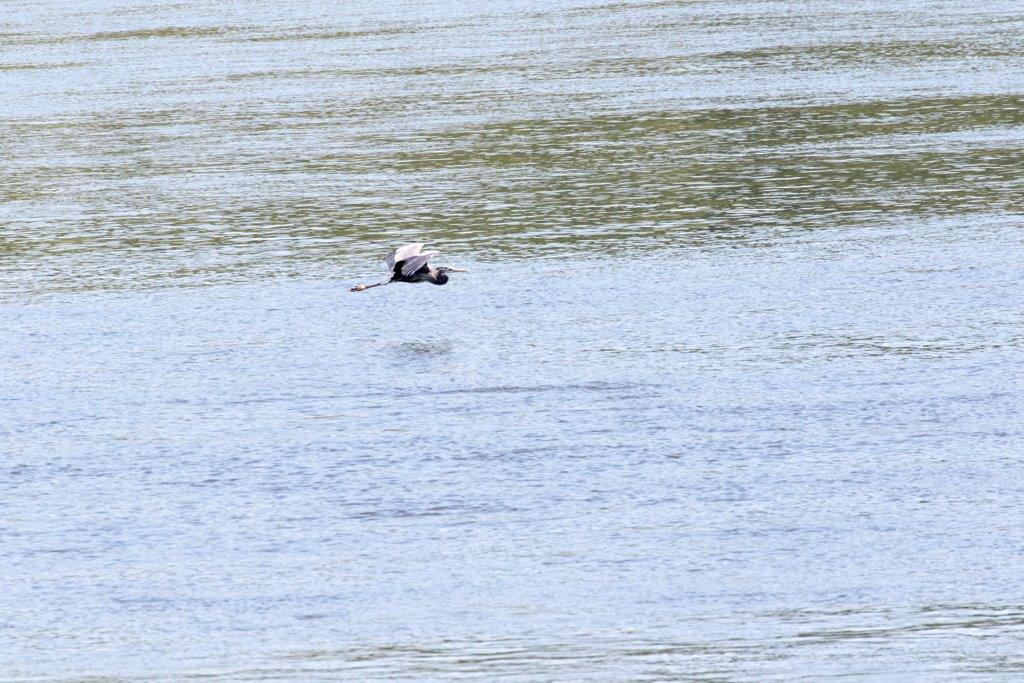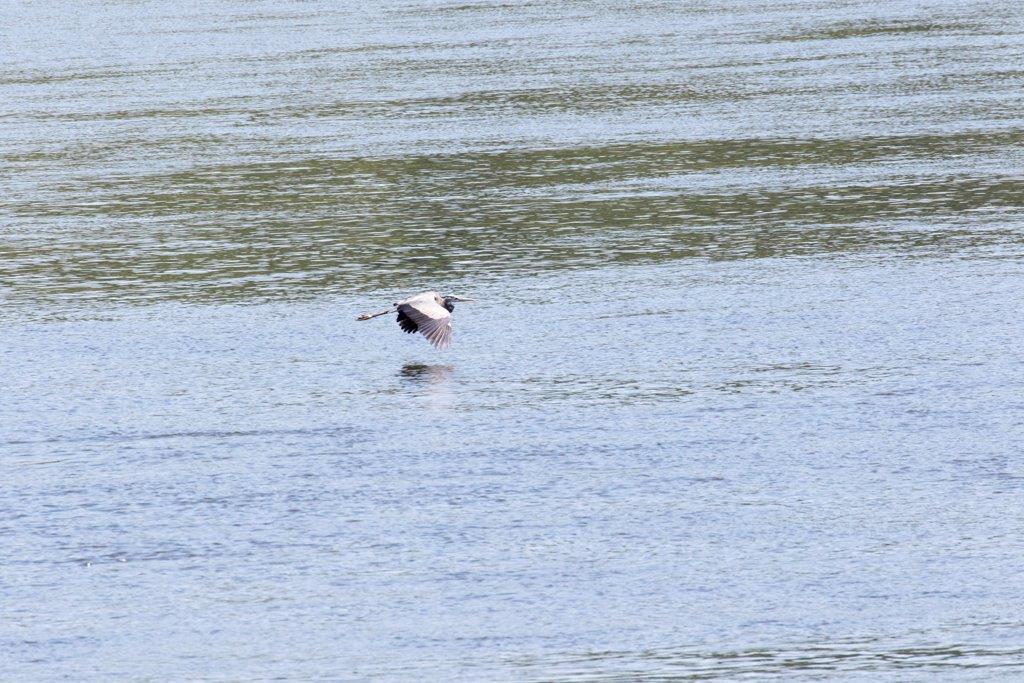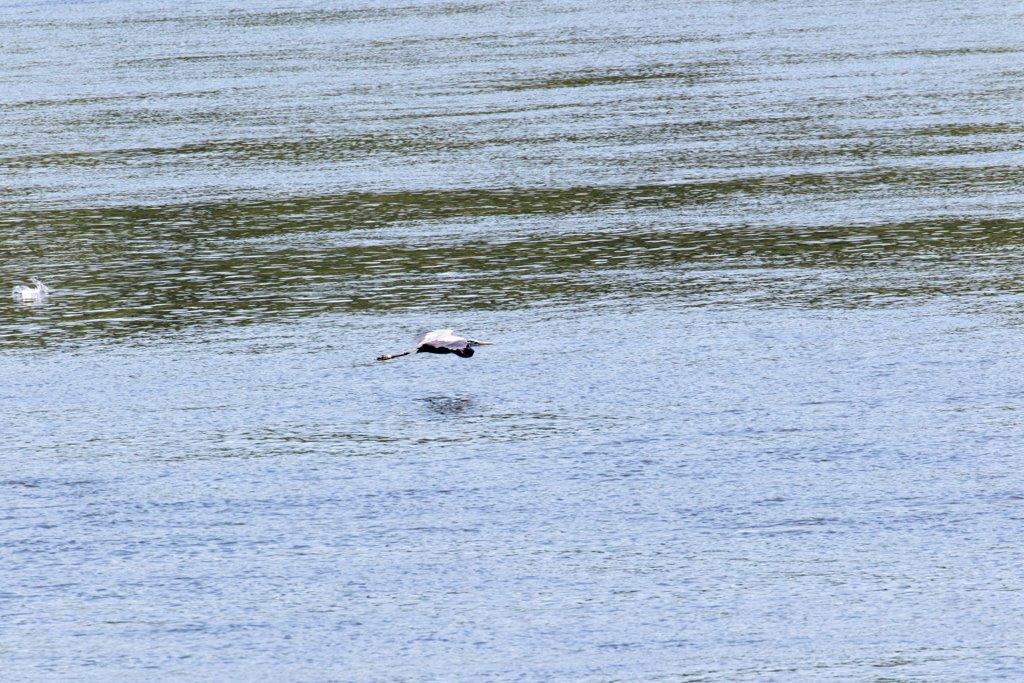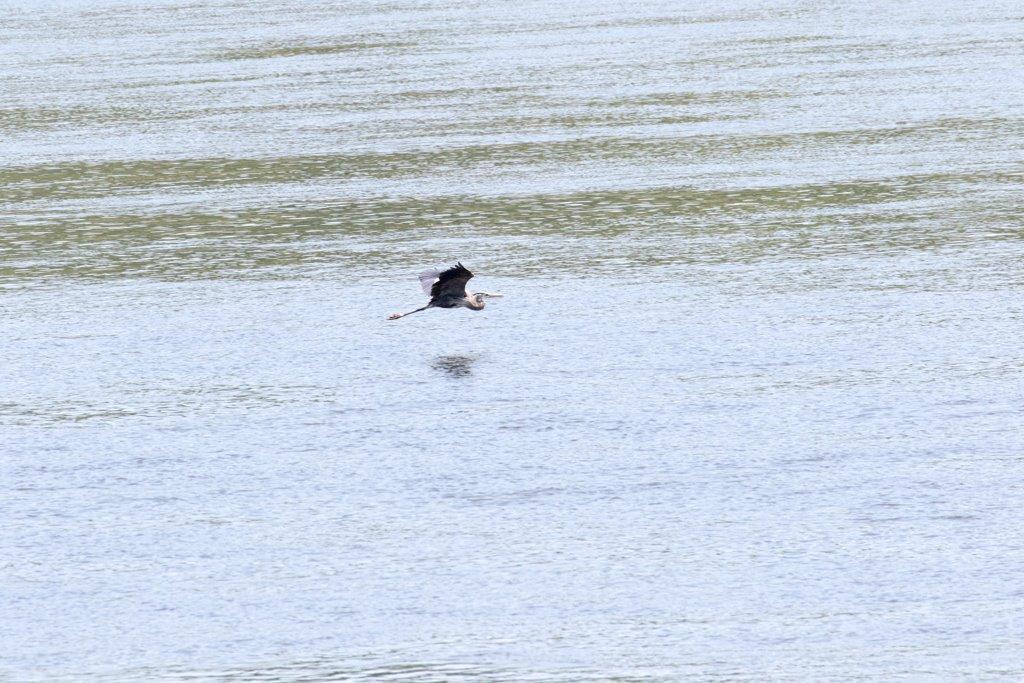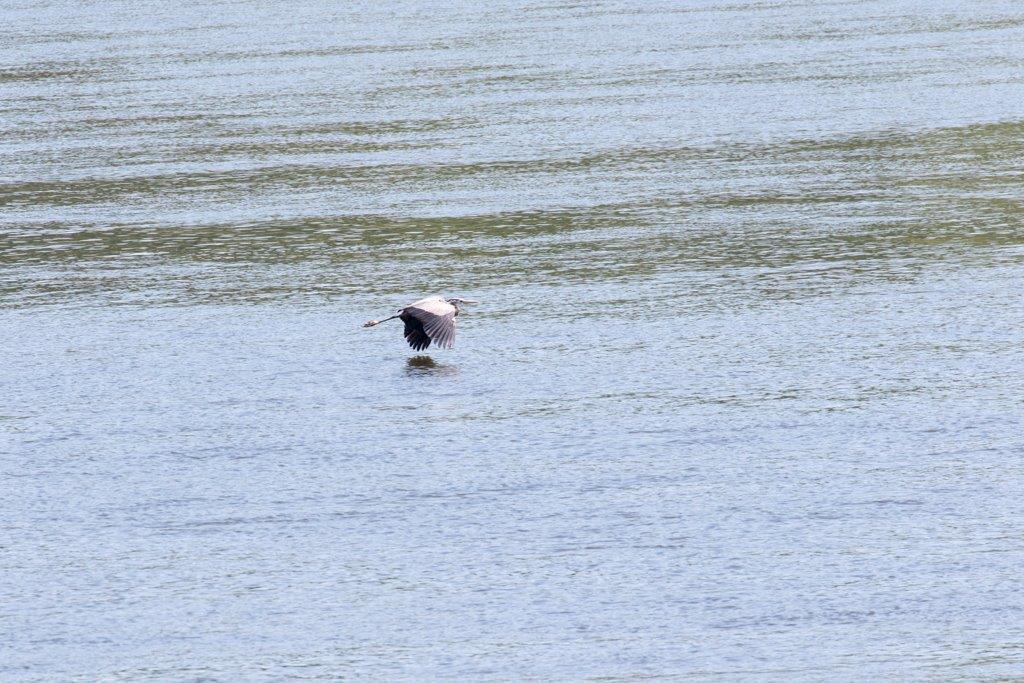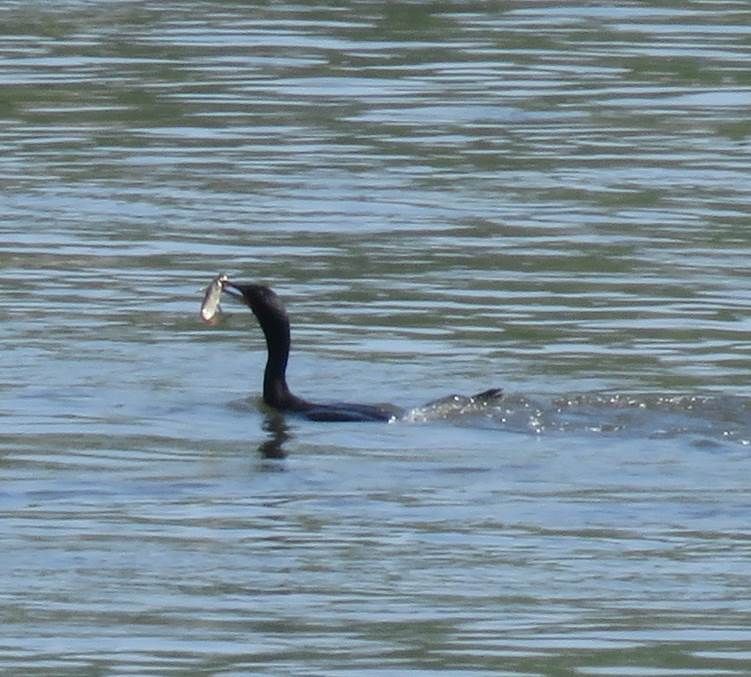 I’m putting the last of my cool weather clothes away for the season! The warm days are welcome and I am enjoying the roominess of my closest. Summer clothes take up less space that the winter ones. As I made the transition a few clothes went into the 'give away' pile.
I’m putting the last of my cool weather clothes away for the season! The warm days are welcome and I am enjoying the roominess of my closest. Summer clothes take up less space that the winter ones. As I made the transition a few clothes went into the 'give away' pile.
My favorite clothes for the summer are skirts and tops…flip flops for shoes. That’s what I’ll be wearing at least half the time! If I buy anything new this summer it will probably be another skirt or two from the thrift store.
 If I am working outside in the yard, I have long pants, a light weight long sleeved shirt, and an old pair of hiking boots….and a hat. That minimizes sunscreen, bug bites (including ticks) and plant based skin irritations (poison ivy is the worst). Of course - sometimes it will be too hot for my preferred yard work clothes - so I’ll revert to shorts and a t-shirt supplemented with sunscreen, bug spray and gloves that some up as far as possible on my forearm! I’ll have to make sure I am not in an area with poison ivy too.
If I am working outside in the yard, I have long pants, a light weight long sleeved shirt, and an old pair of hiking boots….and a hat. That minimizes sunscreen, bug bites (including ticks) and plant based skin irritations (poison ivy is the worst). Of course - sometimes it will be too hot for my preferred yard work clothes - so I’ll revert to shorts and a t-shirt supplemented with sunscreen, bug spray and gloves that some up as far as possible on my forearm! I’ll have to make sure I am not in an area with poison ivy too.
For hiking and the days I’ll be with elementary school aged day campers - my plan is to wear light weight pants and T-shirts with hiking boots/Keen sandals and a hat. I’ll have to remember the sunscreen (replenished during the day).
That leaves some things in my closet that I probably won’t wear very much:
Capris and shorts
So many T-shirts that I will never wear them out.
I’ve gotten rid of some that have collected over the years already. More may go into the 'give away' pile at the end of this summer.
Now I am ready for summer - at least from a clothes perspective.


